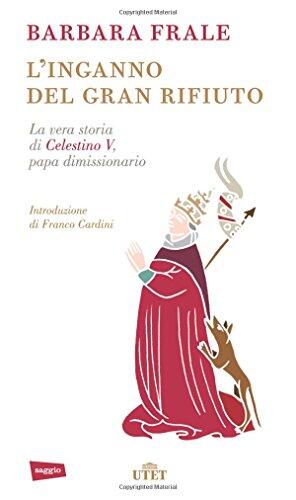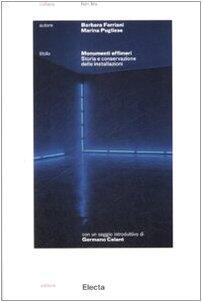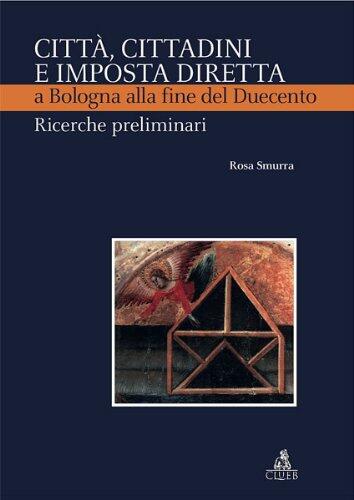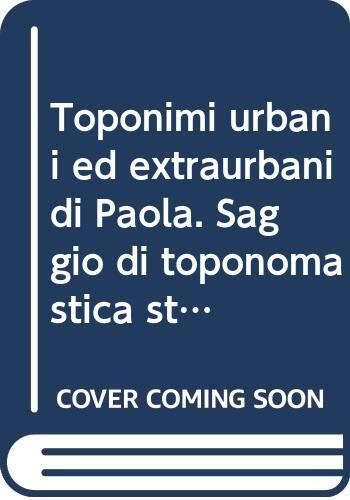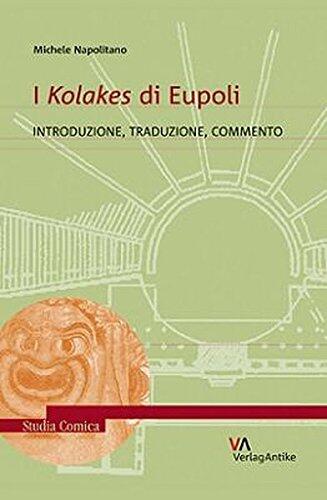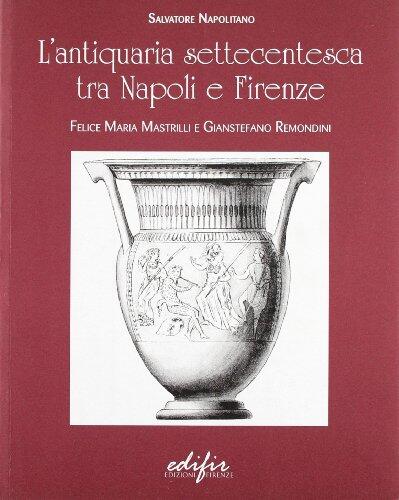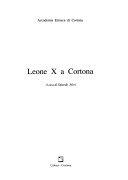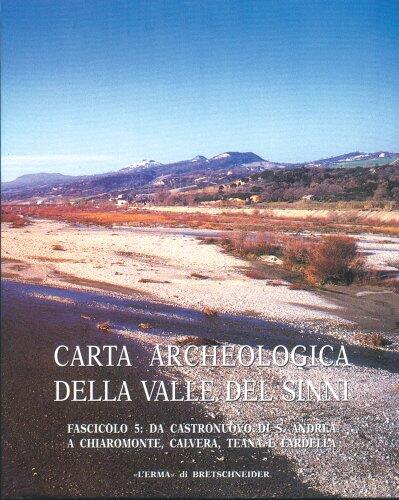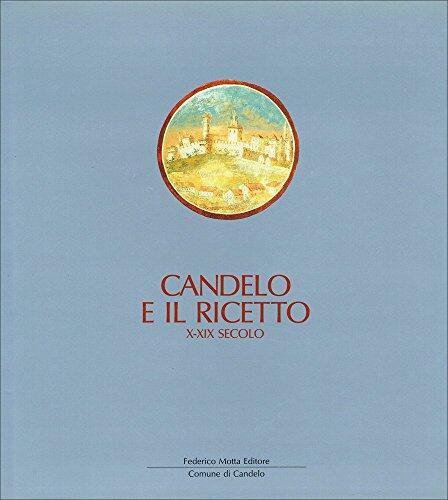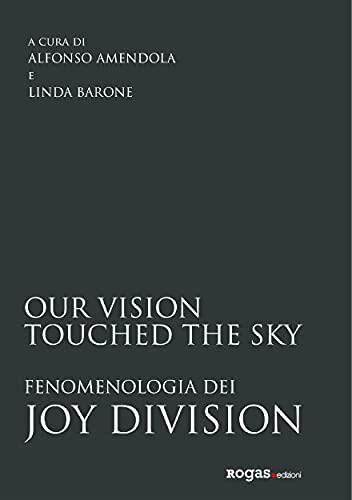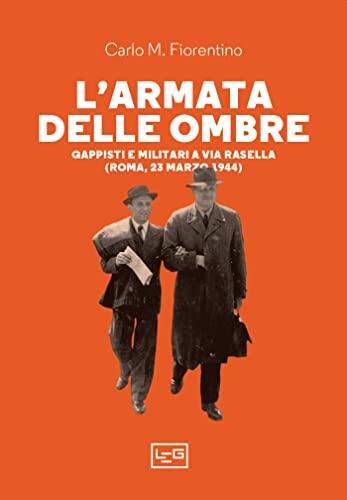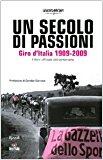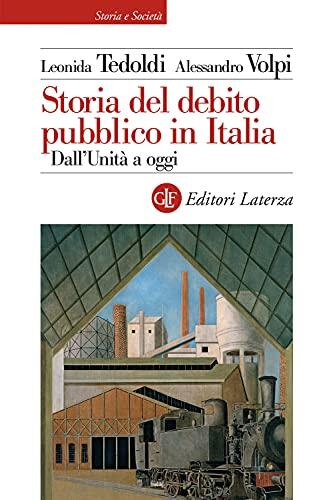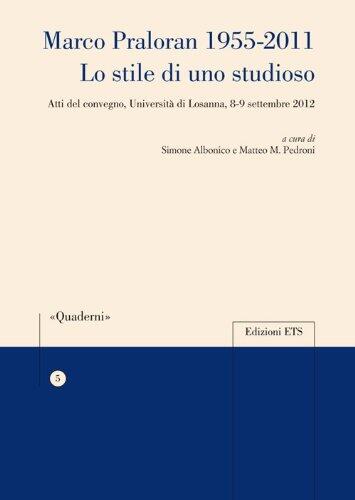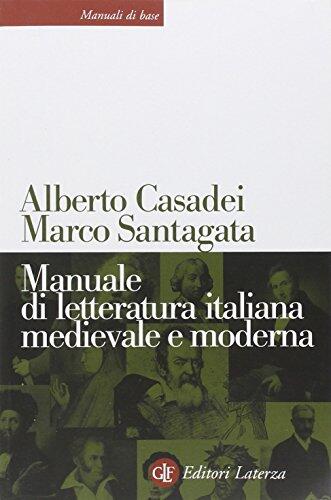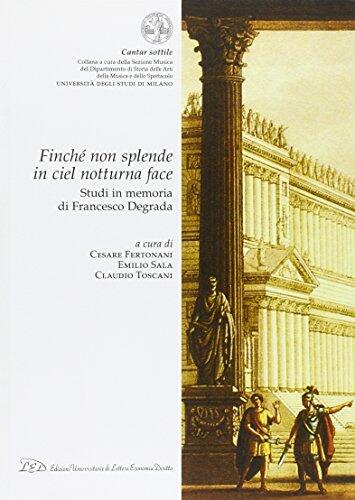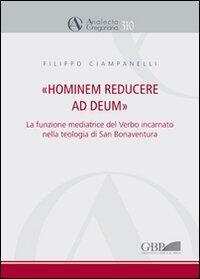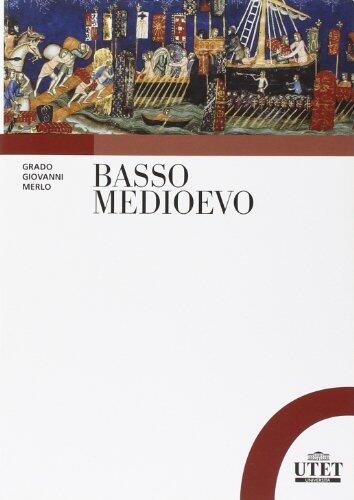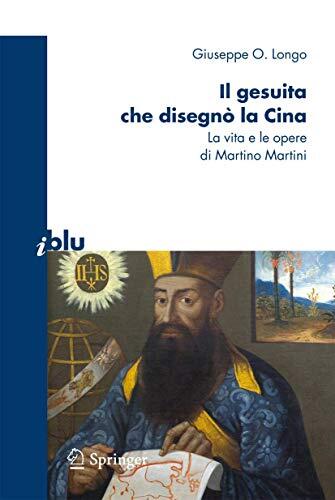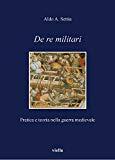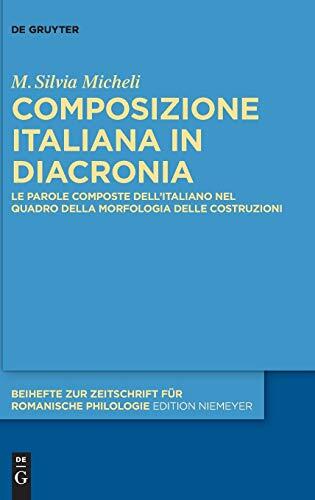
Composizione Italiana in Diacronia: Le Parole Composte Dellitaliano Nel Quadro Della Morfologia Delle Costruzioni
بواسطة
M Silvia Micheli
لا توجد تقييمات بعد
Romance
History
تنسيق
غلاف صلب
صفحات
332
لغة
إيطالي
منشور
Jan 20, 2020
الناشر
Walter de Gruyter
رقم ISBN-10
3110651556
رقم ISBN-13
9783110651553
الوصف
M. Silvia Micheli delves into the intricate landscape of Italian linguistics, focusing particularly on the evolution of compound words within the language. Through a detailed analysis, she explores how these compounded forms have been shaped by historical changes in morphology and syntax over time. The work not only signifies the importance of understanding language as a dynamic entity but also emphasizes the impact of social and cultural influences on linguistic development.
The study presents a thorough examination of various compound structures, tracing their origins and transformations. Micheli's methodology combines theoretical frameworks with empirical evidence, offering insights into how language users adapt their communication patterns. Readers will find her approach enlightening as she blends rigorous scholarship with a passion for Italian language and its complexities.
By highlighting the connections between compound words and broader grammatical constructs, the book illuminates the foundational role these forms play within the language. It invites scholars and language enthusiasts alike to reconsider how they perceive and interact with Italian over time.
Through her meticulous research, Micheli enriches the field of Italian linguistics, providing valuable perspectives that bear significance for both contemporary analysis and historical linguistics. This work serves as a resource for those keen to deepen their understanding of language evolution and structure in Italian, fostering appreciation for its rich, ever-changing tapestry.
The study presents a thorough examination of various compound structures, tracing their origins and transformations. Micheli's methodology combines theoretical frameworks with empirical evidence, offering insights into how language users adapt their communication patterns. Readers will find her approach enlightening as she blends rigorous scholarship with a passion for Italian language and its complexities.
By highlighting the connections between compound words and broader grammatical constructs, the book illuminates the foundational role these forms play within the language. It invites scholars and language enthusiasts alike to reconsider how they perceive and interact with Italian over time.
Through her meticulous research, Micheli enriches the field of Italian linguistics, providing valuable perspectives that bear significance for both contemporary analysis and historical linguistics. This work serves as a resource for those keen to deepen their understanding of language evolution and structure in Italian, fostering appreciation for its rich, ever-changing tapestry.
